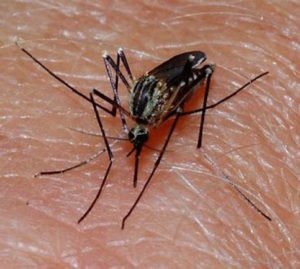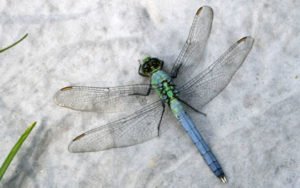
Insects were the first flying animals.
The dragonfly lived 350 million years ago and had wings 2 ½ feet across.
250 million years ago dinosaurs began to fly.
PTERANODON, 175 million years ago, had a wingspan of 17 feet.
ARCHAEOPTEREX, 150 million years ago was the FIRST TRUE BIRD.
QUETZACOATLUS had feathered wings and scaly skin like a reptile and had the largest wings spanning 40 feet across. The bald eagles wingspan is 7 feet.
Think about the different kinds of air flight and wings of: reptile, insect, bird, bat, fish, squirrel, and spider.
The shape of the wing causes the air above to travel faster than the air below. The pressure above is reduced and results in more pressure below and it gives the animal LIFT. The Bernoulli effect – Air acts like a fluid and its effect upon a curved surface is “lift.” Lift overcomes gravity.
The hummingbird is the only bird that can hover like a helicopter pushing the air down or sideways. The BEE HUMMINGBIRD is the smallest bird body and is 3 inches long with a wingspan of 6 inches.
Some birds hover, glide, dive, loop, and soar (ride the thermals (the rising currents of warm air). Some birds fly in formation like ducks and geese.
The feathers of birds are light and strong, keep the bird warm, and provide a large wind surface. There are different kinds of feathers. Coverts form the smooth surface. There are contour feathers, wing flight feathers and tail feathers. Barbs link the parts of some feathers together. Feathers evolved from the scales of dinosaurs, the immediate ancestors of birds and are made of keratin, a tough flexible protein. The central shaft of the feather is the quill.
Some birds are unable to fly like the ostrich, emu, chickens, turkey, and penguin.
The albatross is the largest bird with a 12-foot wingspan. The wandering albatross is endangered because so many have been caught in fishnets and died.
Birds have better sight and voices than people and remarkable eyes in shape and movement. An owl can rotate its head from front to back.
The ARTIC TERN flies 25,000 miles a year from the Arctic to the Antarctic.
The spotted whooper swan flies the highest at 27,000 feet above sea level.
The spine-tailed swift is the fastest bird at 112 mph.
The monarch butterfly migrates 2,000 miles from the great lakes to Mexico. Butterflies have better taste. Macaws can live to be 100.
A humming birds wings beat 80 times a second.
The peregrine falcon almost became extinct from DDT poisoning.
Raptors and birds of prey can do a high-speed dive and have telescopic vision.
Birds fly in different ways. Some soar on the thermals and some flap wings and glide as swifts. The finch has a bobbing flight, and hummingbirds hover at 100 / sec. Some birds are fueled by nectar, some dive, and some fly in formation. Penguins fly underwater at 25 mph.
Insects are the most common flyers and there are millions of them. Most insects fly like hummingbirds.
The housefly is the fastest insect at 30 mph.
SPIDERS balloon using their silk.
The honeybee like most insects has 2 pair of wings and has to collect nectar from 2 million flowers to make a pound of honey.
The butterfly holds its wings together when resting. Moths come out at night and keep wings open when resting.
Ladybugs and some beetles have hard wing cases covering their wings.
The FAIRY FLY is the smallest flying animal.
The bumblebee bat has wings 6 inches and weighs less than a penny.
The largest insect is the Queen Alexandra’s Birdwing butterfly with 12 ½ inch wings.
THE GLIDERS are bats, flying fish, flying squirrel, flying lizard, flying gecko, flying snake, and the flying frog that has skin stretched between toes. Big brown bat can go 40 mph.
The bat is the only mammal that can truly fly. Four long fingers support their wings. Bats can spin, fly upside down, and turn loops. The largest bat is the Indian flying fox with wings 6 feet across.
Whales, dolphins, bats, some birds, and other fish use ECHOLOCATION when they travel. Animals that fly can sense vibrations and gravity and we think magnetic fields and many migrate in winter as the robin, geese, and ducks.
Flying Squirrel
Ballooning spider

Tiger Swallowtail
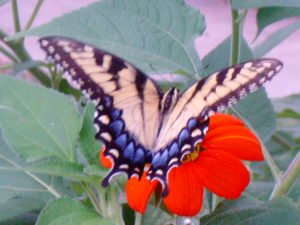
Flying gecko
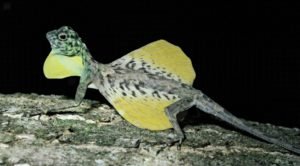
Flying Frog
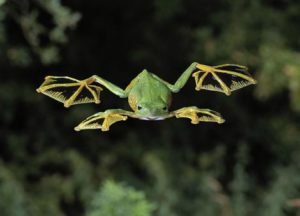
Bat

Flying fish
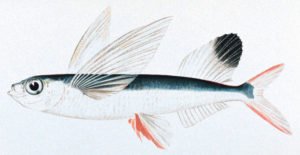
Gliding snake
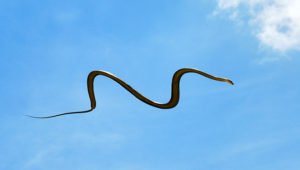
BLUEJAY
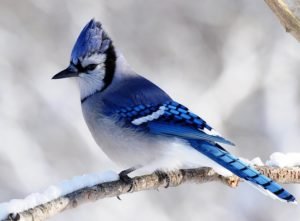
Ladybug
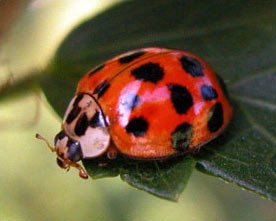
Mosquito
